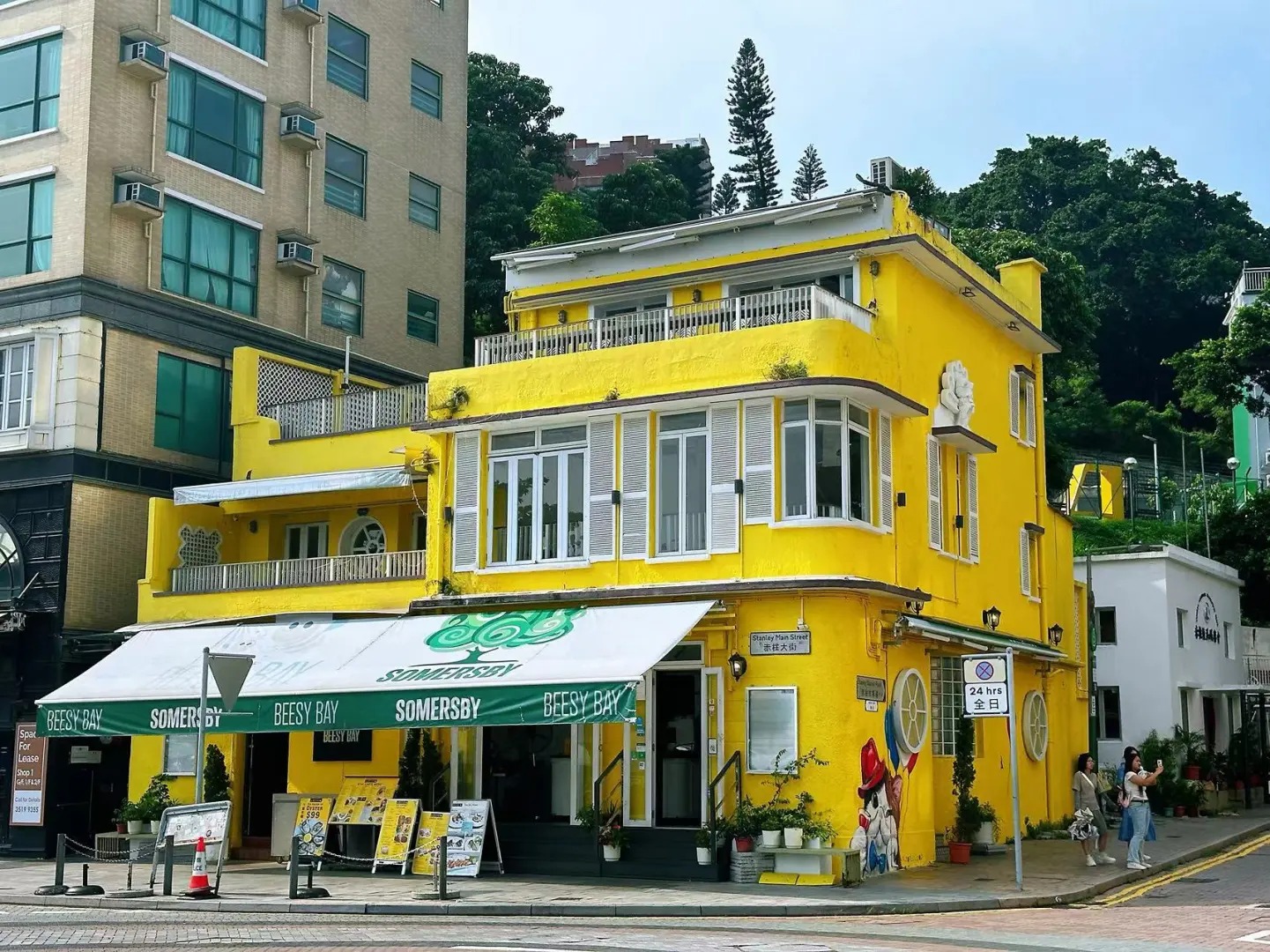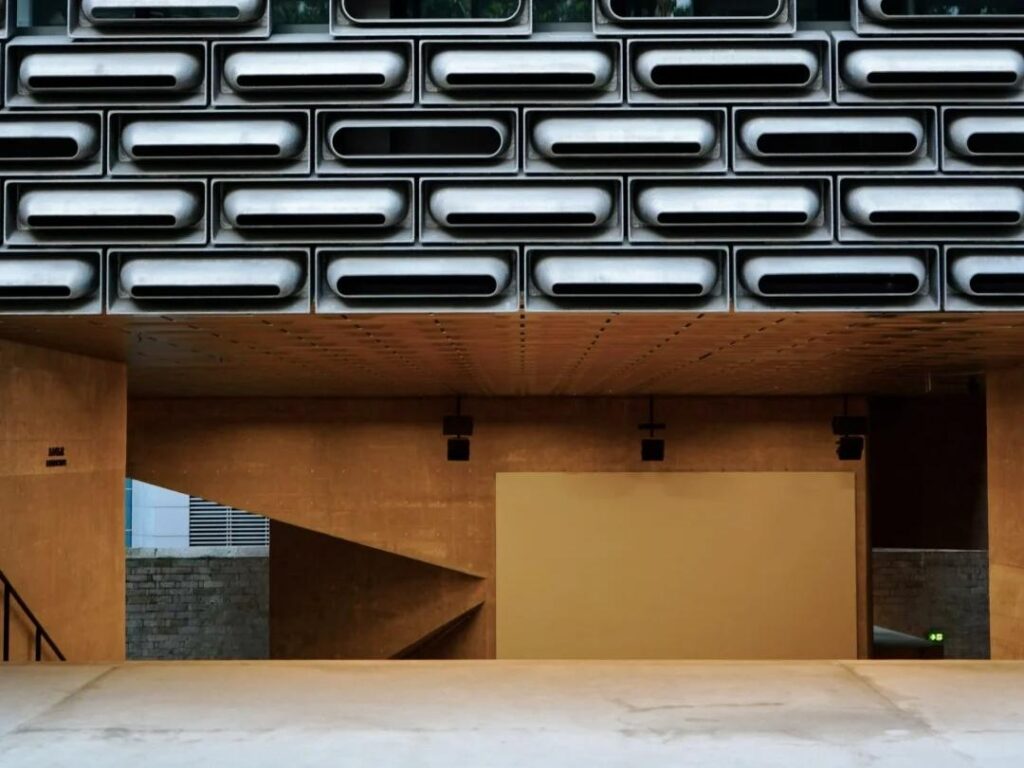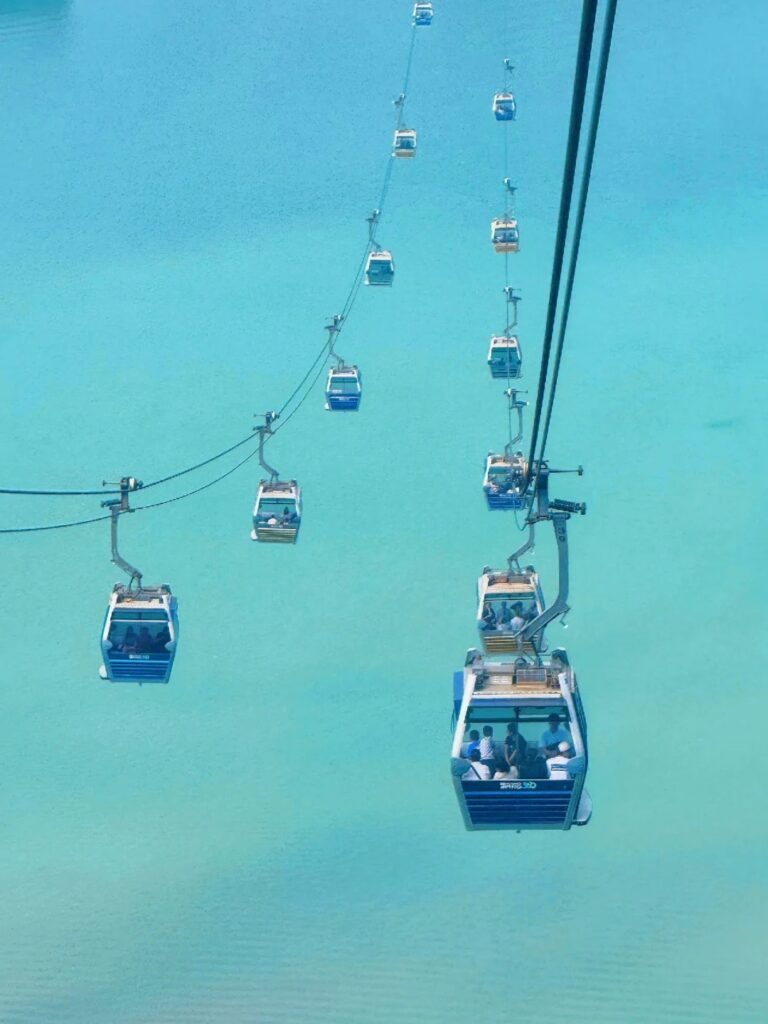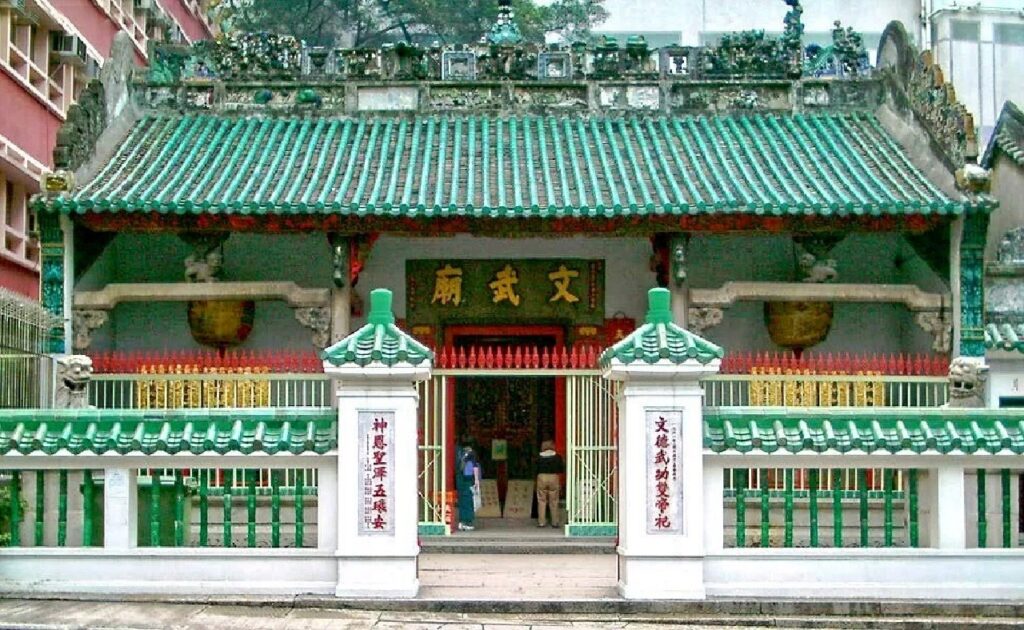Visiting Information
| Information | Details |
|---|---|
| Chinese Name | 赤柱市集 (Chìzhù Shìjí) |
| Location and Address | Stanley New Street and Stanley Market Road, Stanley, Hong Kong |
| Opening Hours | 10:00 AM – 7:00 PM daily |
| Entrance Fee | Free |
| How to Get There | By Bus: Take bus 6, 6A, 6X, 66, or 260 from Exchange Square in Central By Taxi: About 30-minute drive from Central Note: No direct MTR service to Stanley |
| Best Time for Visit | October to December (autumn to early winter) |
| Contact Info | Tel: +852 2899 1000 (Southern District Office) Email: Not available |
Overview
Stanley Market is a popular open-air market and tourist attraction located in the charming seaside village of Stanley on Hong Kong Island’s southern coast. Known for its laid-back atmosphere, the market offers a diverse array of goods, from traditional Chinese artifacts and souvenirs to clothing, accessories, and local handicrafts. Its picturesque setting, combined with nearby beaches and historical sites, makes it a favorite destination for both locals and tourists seeking a relaxed shopping experience away from the bustling city center.
Historical Background
Stanley has a rich history dating back to the Ming Dynasty (1368-1644), when it was an important fishing port. The area was named after Lord Stanley, the British Secretary of State for the Colonies in the 1840s. Stanley Market itself evolved from a traditional fishing village marketplace into a tourist attraction in the 1970s and 1980s. During World War II, Stanley was the site of internment camps for Western civilians, and remnants of this period can still be seen in the area. The market’s transformation reflects Hong Kong’s shift from a manufacturing economy to a service-oriented one, with tourism playing a significant role.

Architectural Features
- Market Layout: Stanley Market consists of a network of narrow lanes lined with small shops and stalls. The layout retains the charm of a traditional Chinese market while incorporating modern amenities. The winding alleys create an intimate shopping experience, encouraging exploration and discovery.
- Shop Structures: Most shops in Stanley Market are simple, single-story structures with open fronts, allowing goods to spill out onto the walkways. This open design facilitates browsing and creates a vibrant, bustling atmosphere characteristic of Asian markets.
- Integration with Surroundings: The market seamlessly blends with the surrounding area, including Stanley Main Street and the waterfront promenade. This integration of the market with its coastal setting is a key feature of its architectural appeal, offering visitors a unique shopping experience with sea views.
Cultural Importance
Stanley Market holds significant cultural importance as a microcosm of Hong Kong’s blend of Eastern and Western influences. It showcases the city’s transformation from a fishing village to a global metropolis while retaining elements of its traditional culture. The market is a testament to Hong Kong’s entrepreneurial spirit, with many family-run businesses passing down through generations. It also plays a crucial role in preserving local crafts and introducing visitors to aspects of Chinese culture through its offerings of traditional art, textiles, and souvenirs. The market’s popularity among both locals and tourists makes it an important site for cultural exchange and understanding.
Surrounding Attractions
- Stanley Main Beach: Just a short walk from the market, Stanley Main Beach offers a beautiful stretch of sand and calm waters. It’s popular for swimming, sunbathing, and water sports, providing a perfect relaxation spot after shopping.
- Murray House: This Victorian-era building, originally located in Central, was dismantled and rebuilt in Stanley. Now housing restaurants and shops, it offers a glimpse into Hong Kong’s colonial architecture and history, with stunning views of the South China Sea.
- Tin Hau Temple: Located near the Stanley waterfront, this temple dedicated to the Goddess of the Sea dates back to 1767. It showcases traditional Chinese architecture and provides insight into local religious practices and maritime history.
- Blake Pier: Originally built in Central in 1900 and relocated to Stanley, Blake Pier is a charming structure extending into the sea. It offers great views of the bay and is a popular spot for photography and fishing.

Photography Opportunities
- Market Alleyways: The narrow, bustling lanes of Stanley Market offer vibrant scenes of local life and commerce. Capture the colorful displays of goods, the interaction between vendors and customers, and the unique atmosphere of a traditional Hong Kong market.
- Waterfront Views: The nearby Stanley Promenade provides stunning views of the bay and surrounding hills. Sunrise and sunset times offer particularly picturesque opportunities, with boats in the harbor and the play of light on the water.
- Historical Architecture: Murray House and the Tin Hau Temple offer excellent subjects for architectural photography, combining historical elements with the natural beauty of the coastal setting.
- Street Life: The area around Stanley Market is rich in street life, from local restaurants to beach scenes. Candid shots of visitors enjoying the market and its surroundings can capture the essence of this popular Hong Kong destination.
Modern Importance
- Tourism Hub: Stanley Market plays a crucial role in Hong Kong’s tourism industry, attracting visitors with its unique blend of shopping, dining, and seaside attractions. It offers an alternative experience to the city’s high-rise urban areas, showcasing a different facet of Hong Kong life.
- Cultural Preservation: The market serves as a platform for preserving and promoting traditional Chinese crafts and products. It allows artisans and small businesses to showcase their work, helping to maintain Hong Kong’s cultural heritage in the face of rapid modernization.
- Local Economy: Stanley Market supports a significant number of small businesses and contributes to the local economy of the Southern District. It provides employment opportunities and helps to sustain the economic vitality of the Stanley area.
- Community Focal Point: Beyond its appeal to tourists, Stanley Market remains an important part of the local community. It serves as a gathering place for residents and hosts various events throughout the year, strengthening community bonds and local identity.

FAQ
- What is Stanley Market famous for?
Stanley Market is famous for its diverse range of goods, including Chinese artworks, silk garments, souvenirs, and local handicrafts, all set in a charming seaside village atmosphere. - What’s inside Stanley Market?
Inside Stanley Market, you’ll find a variety of shops and stalls selling clothing, accessories, souvenirs, antiques, artwork, and local crafts. There are also nearby restaurants and cafes offering both local and international cuisine. - Is Stanley Market free?
Yes, Stanley Market is free to enter and browse. You only pay for the items you purchase. - Is Stanley Market worth visiting?
Yes, Stanley Market is worth visiting for its unique shopping experience, beautiful coastal setting, and nearby attractions. It offers a different pace and atmosphere compared to Hong Kong’s urban centers. - What to do in Stanley Market?
In Stanley Market, you can shop for souvenirs and local crafts, bargain with vendors, enjoy local and international cuisine, explore nearby beaches and historical sites, and soak in the relaxed coastal atmosphere. - How do I get to Stanley Market in the local city?
From Hong Kong’s Central district, you can take bus 6, 6A, 6X, 66, or 260 from Exchange Square directly to Stanley. Alternatively, you can take a taxi, which is about a 30-minute drive from Central. - How to visit Stanley Market?
To visit Stanley Market, plan to spend at least half a day there. Arrive in the late morning or early afternoon, explore the market stalls, have lunch at one of the nearby restaurants, and then visit the surrounding attractions like Stanley Main Beach or Murray House. Wear comfortable shoes for walking, bring cash for better bargaining, and be prepared for crowds during weekends and holidays.





